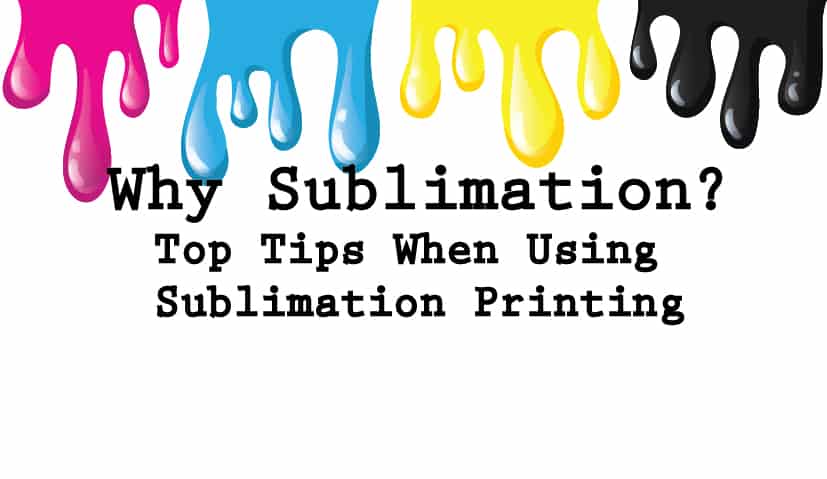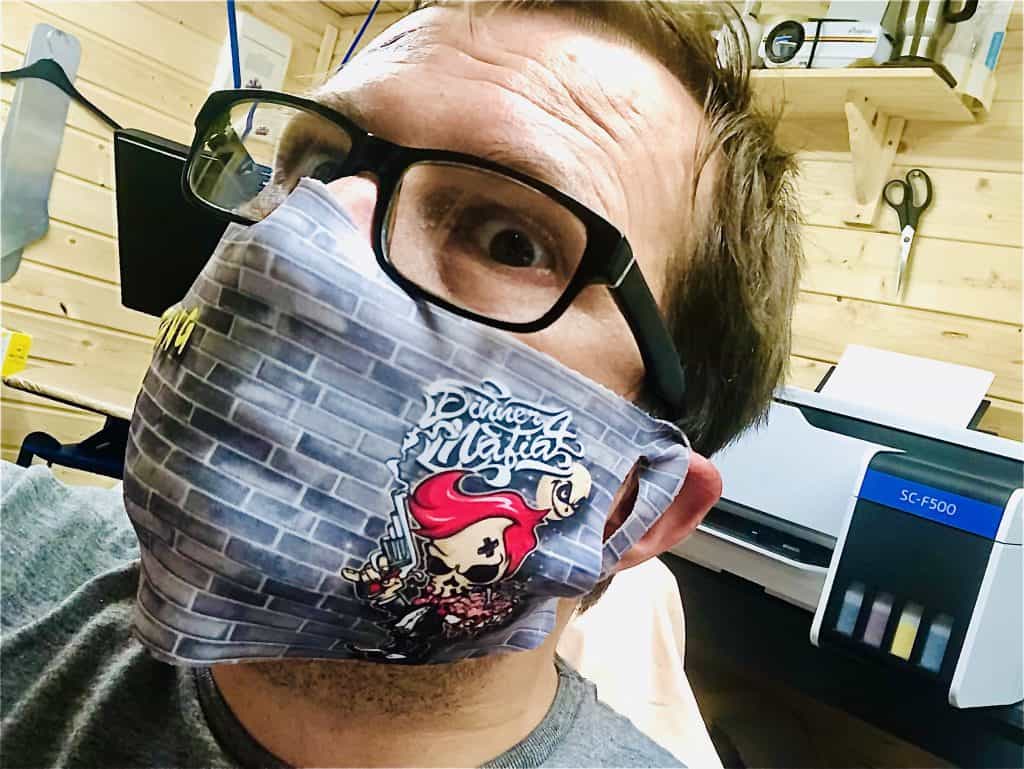Top Tips When Using Sublimation Printing
With lower set-up costs, speedy turnaround and the ability to produce small, cost-effective orders. Sublimation direct to garment printing allows customers to design vivid and personalised artwork without having to worry about a lengthy production time or excessive cost. As a result, sublimation direct to garment printing has become an ideal choice for the growing market in branded corporate wear, sports apparel and personalised soft home furnishing sectors.
Why you should consider sublimation printing
Simply put, sublimation printing allows the ink to turn into gas under the influence of the printer’s heat and enables it to combine with the fabric. As a result, the applied dye sublimation ink becomes part of the structure of the material, so even after multiple washings, the artwork on the fabric won’t diminish, crack or feel uncomfortable to the touch.
Ensure your fabric can absorb sublimation printing
When choosing a textile or garment for sublimation printing, you can print onto any textile product provided it’s a 100% polyester fabric that is pre-shrunk. This not only allows for the bright colours to be absorbed into the fabric but ensures the item does not shrink in the wash. It just needs to be a man-made polymer to achieve the best results, as during the heat press stage, the pores of these polymers open to allow sublimation ink (now in a gaseous state) to enter. As the temperature drops and the material cools, the pores then close leaving the now solid ink image as part of the polymer.
When to use polyester and cotton mix fabrics
As mentioned, dye sublimation should always be performed on polyester textiles. As 100% natural cotton is not a suitable material, the natural fibres have no open pores to accept the image. It’s worth noting, especially for corporate branded wear requirements, that the cotton mix can be sublimated but the image will fade with a few washes making a 50% polyester 50% cotton weave a minimum specification. However, for temporary trade show staff or product launches, marketing managers don’t seem to mind the product only having a short life span, provided the garment looks good for the actual show and allows their team members to work comfortably.
Use the appropriate sublimation ink
For the best results, you should always use dye sublimation inks. These are a formulation of special coloured dyes which are suspended in liquid and can be passed through a direct to garment printer.
When starting, order extra items so you can test the results
Sublimation printing uses a digital printing system, therefore you will need to recreate a digital coloured image on a computer. For complete prints, for example, flags or textiles bags the image should be sized ever so slightly larger than the actual item, so the artwork can “bleed” over the edge and leave any white or border showing. The artwork is printed on sublimation paper ‘mirror image’ and is then laid onto the sublimation material and held in place with a little heat-resistant tape. The two are then placed in a heat press for typically around one to two minutes at a temperature of between 160°- 200°c. However, you should always prepare a test product first, as the exact time and temperature depend on the type of man-made material you are using. At the end of the process, the paper is removed to reveal a bright and scratch-resistant coloured image.





hello Paul,
I’m thinking of getting a new printer with ciss system..
what are your thoughts on good colour and stable sublimation..
And a big ask,,,, which printer